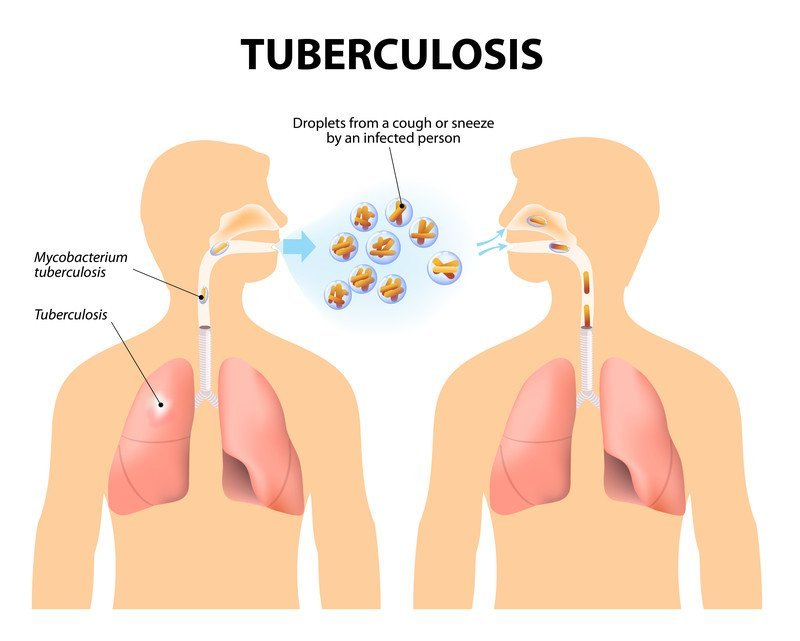
Tuberculosis (TB)
Tuberculosis (TB) is a serious infection primarily affecting the lungs but can involve other body parts. Here's a summary of its diagnosis and treatment:
Diagnosis
Medical History and Physical Exam:
- Symptoms: Persistent cough, fever, night sweats, weight loss.
- Exposure History: Recent contact with TB patients.
Tests:
- Tuberculin Skin Test (TST): Detects exposure to TB.
- Interferon Gamma Release Assays (IGRAs): Blood tests for TB exposure.
- Chest X-Ray: Identifies lung abnormalities.
- Sputum Tests: Microscopy and culture for TB bacteria.
- Molecular Tests: Rapid detection of TB and resistance (e.g., GeneXpert MTB/RIF).
Treatment
Drug Regimens:
- First-Line Drugs: Combination therapy for 6-9 months (e.g., Isoniazid, Rifampicin).
- Directly Observed Therapy (DOT): Ensures treatment adherence.
Drug-Resistant TB:
- MDR-TB: Resistant to isoniazid and rifampicin; treated with second-line drugs.
- XDR-TB: Resistant to additional drugs; requires specialized treatment.
Latent TB Infection (LTBI):
- Preventive Treatment: Isoniazid or a combination with rifapentine for 3-9 months.
Follow-Up
- Regular follow-ups to monitor treatment progress, manage side effects, and ensure adherence, including repeat tests and X-rays.
Prevention
- Vaccination: BCG vaccine provides some protection against TB.
- Infection Control: Good ventilation, wearing masks, and avoiding close contact with TB patients.
Early diagnosis and proper treatment are crucial in managing TB and preventing its spread.